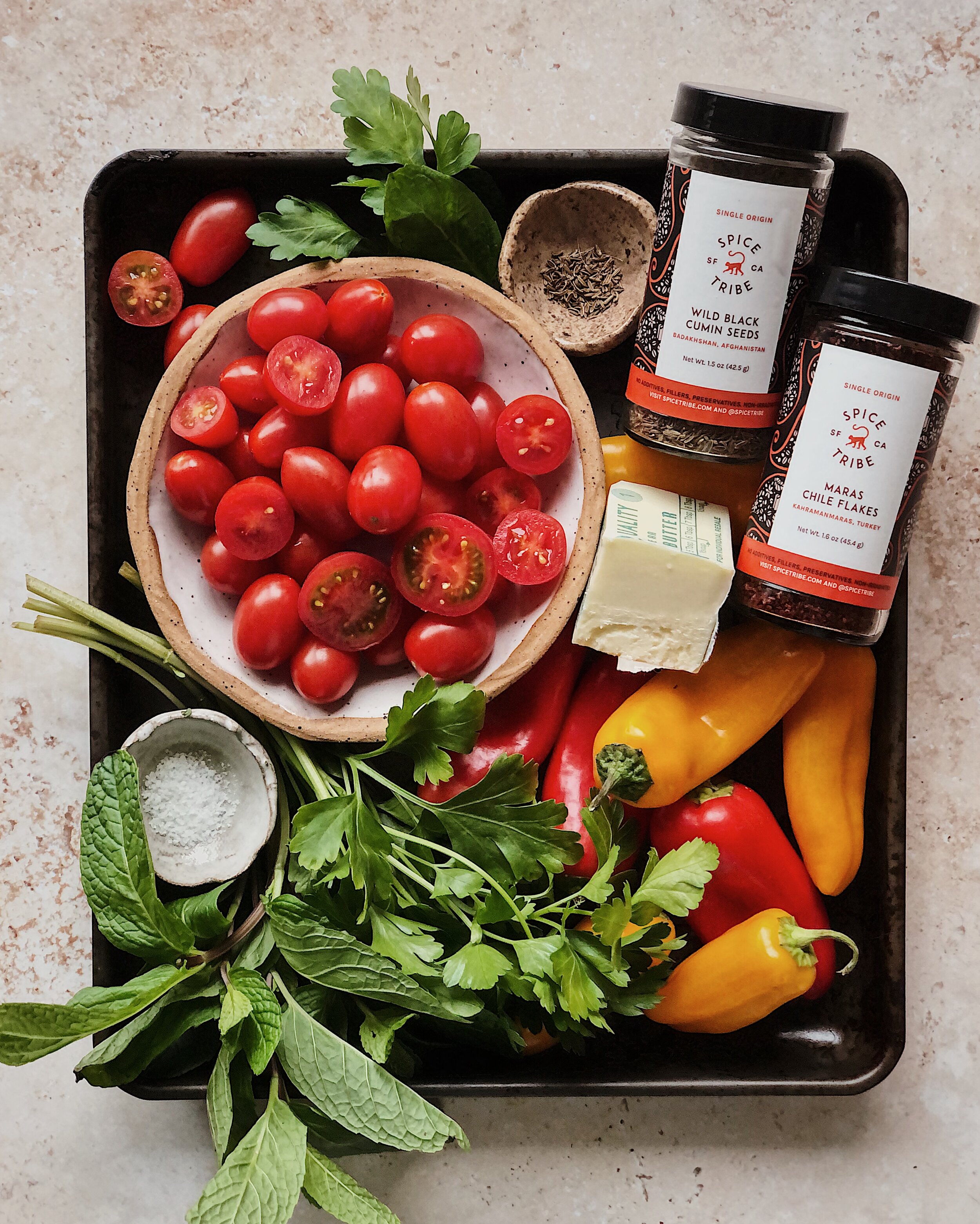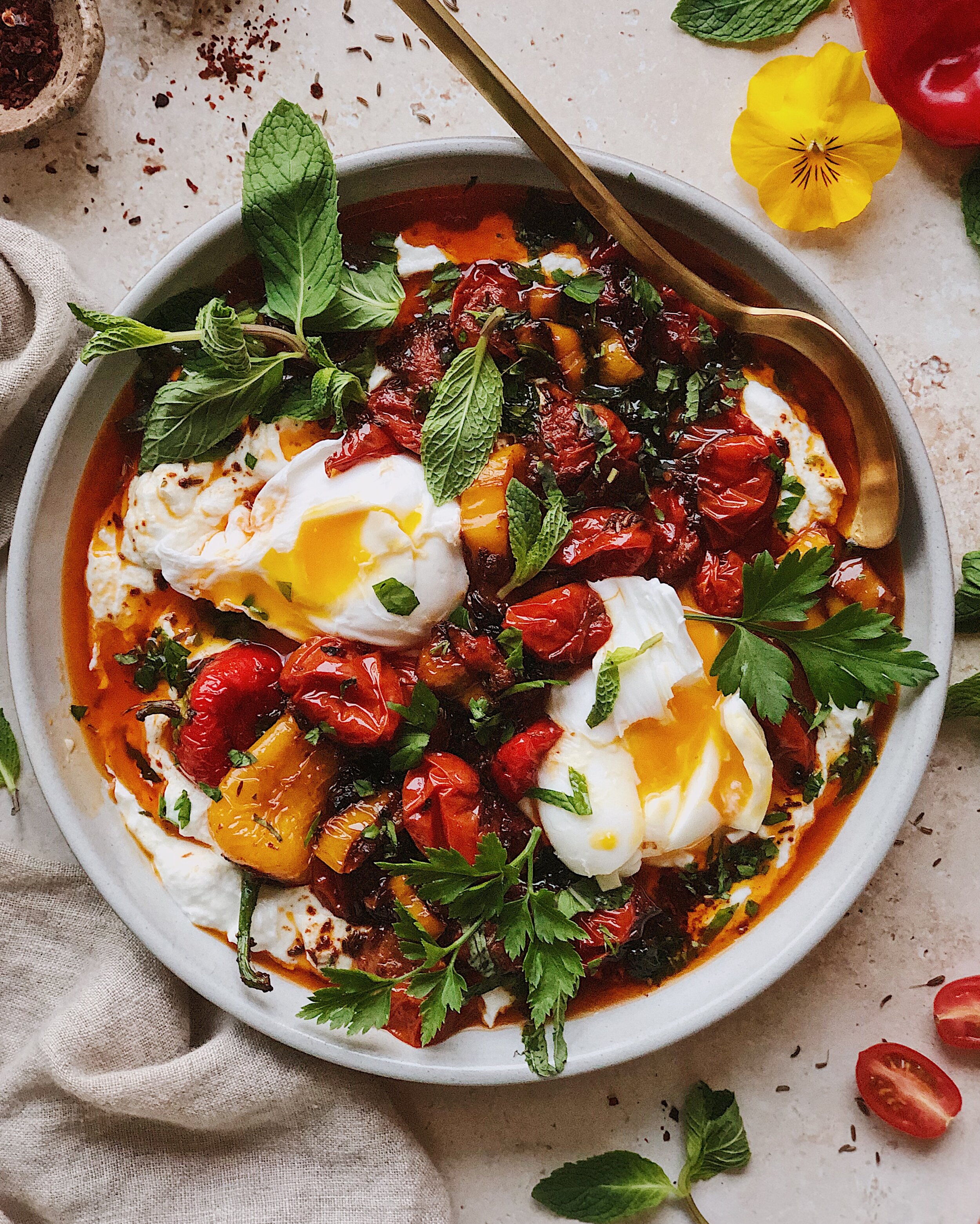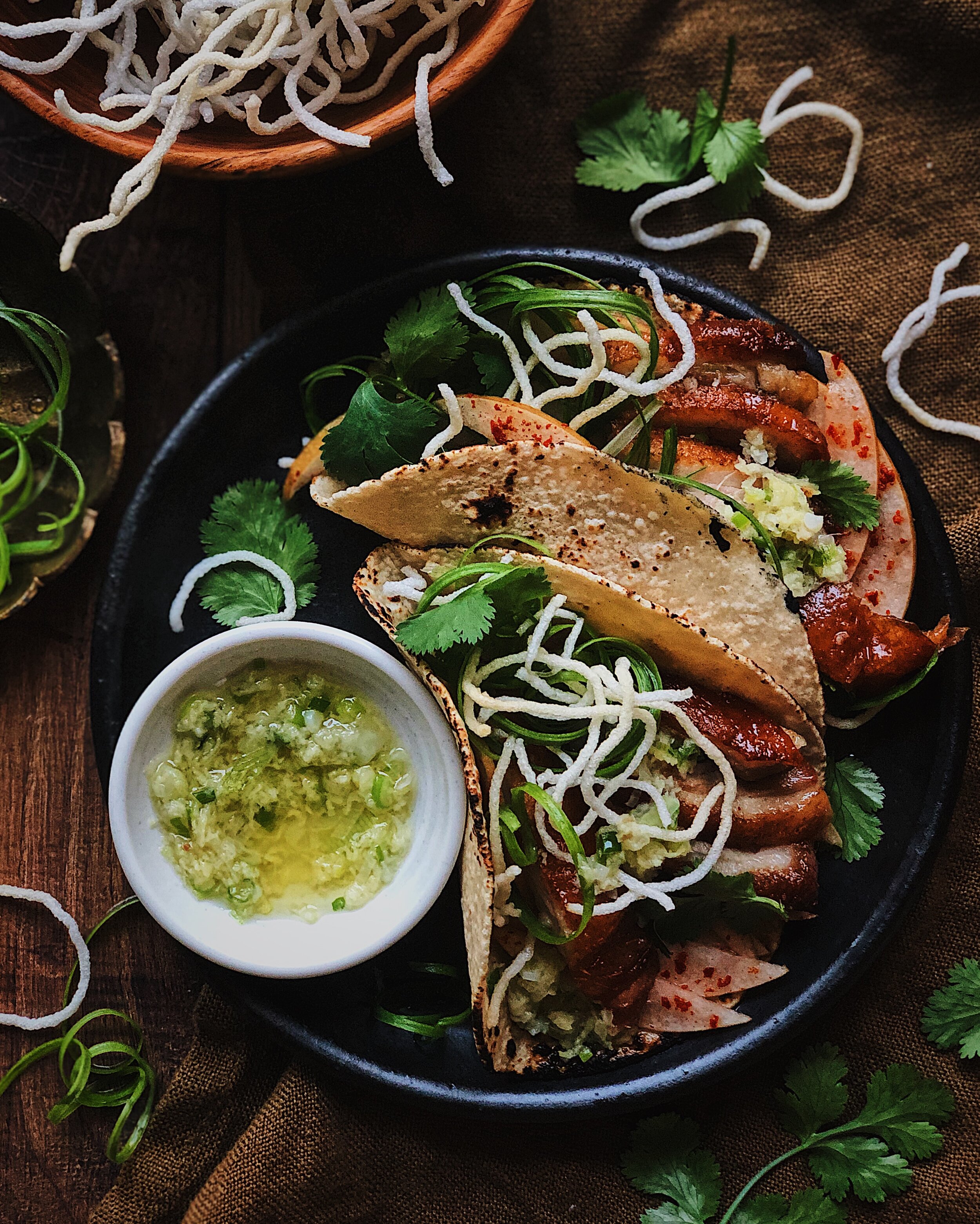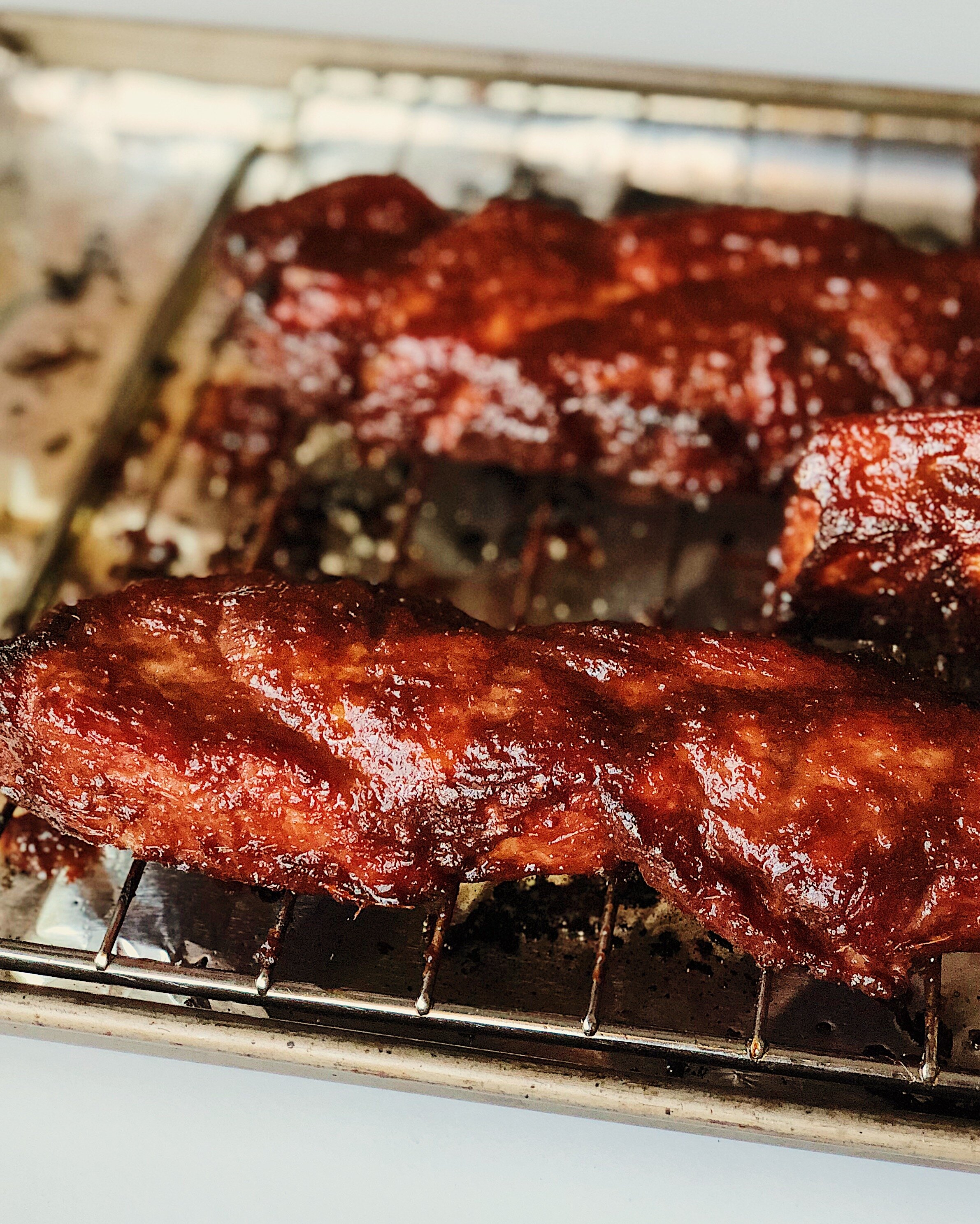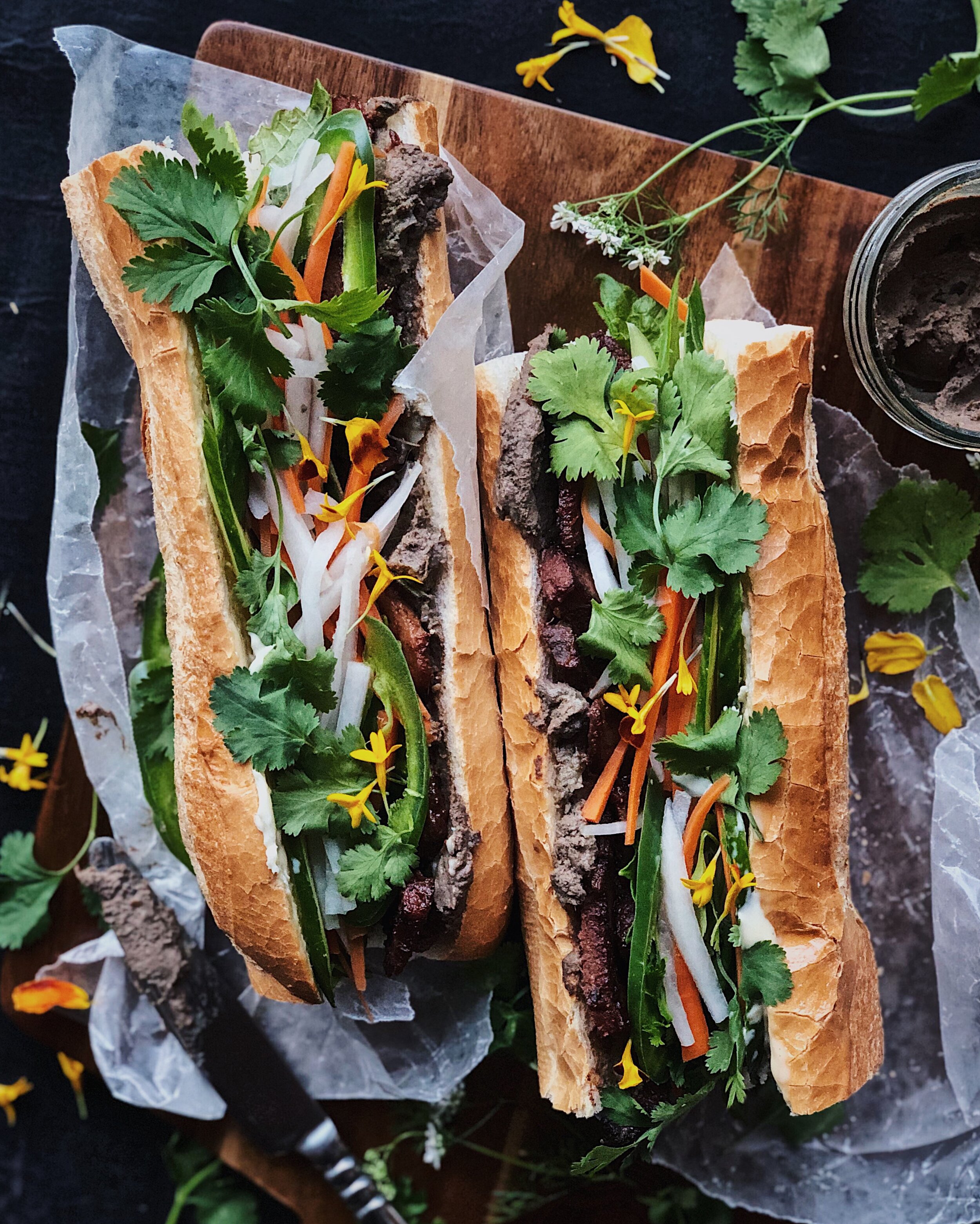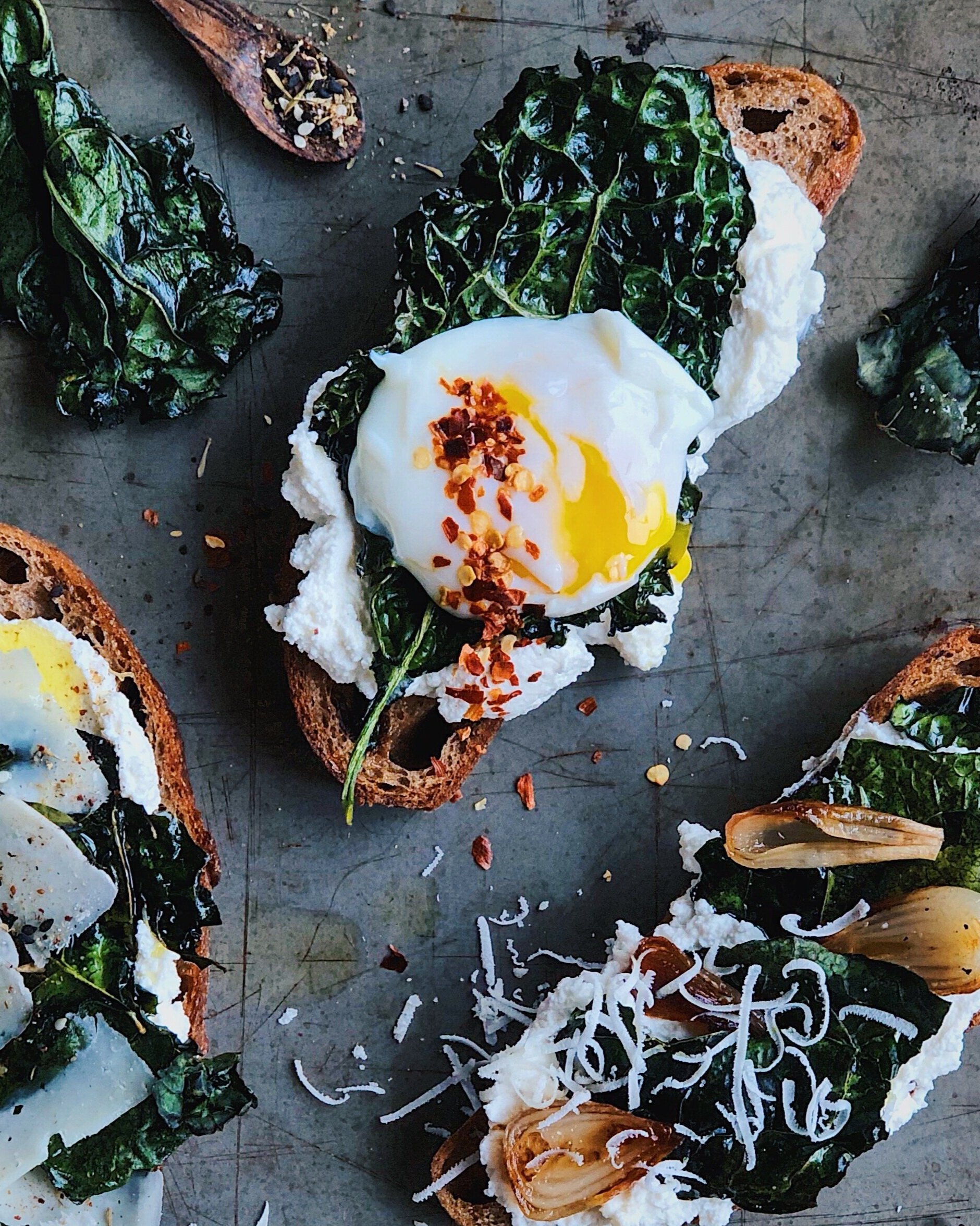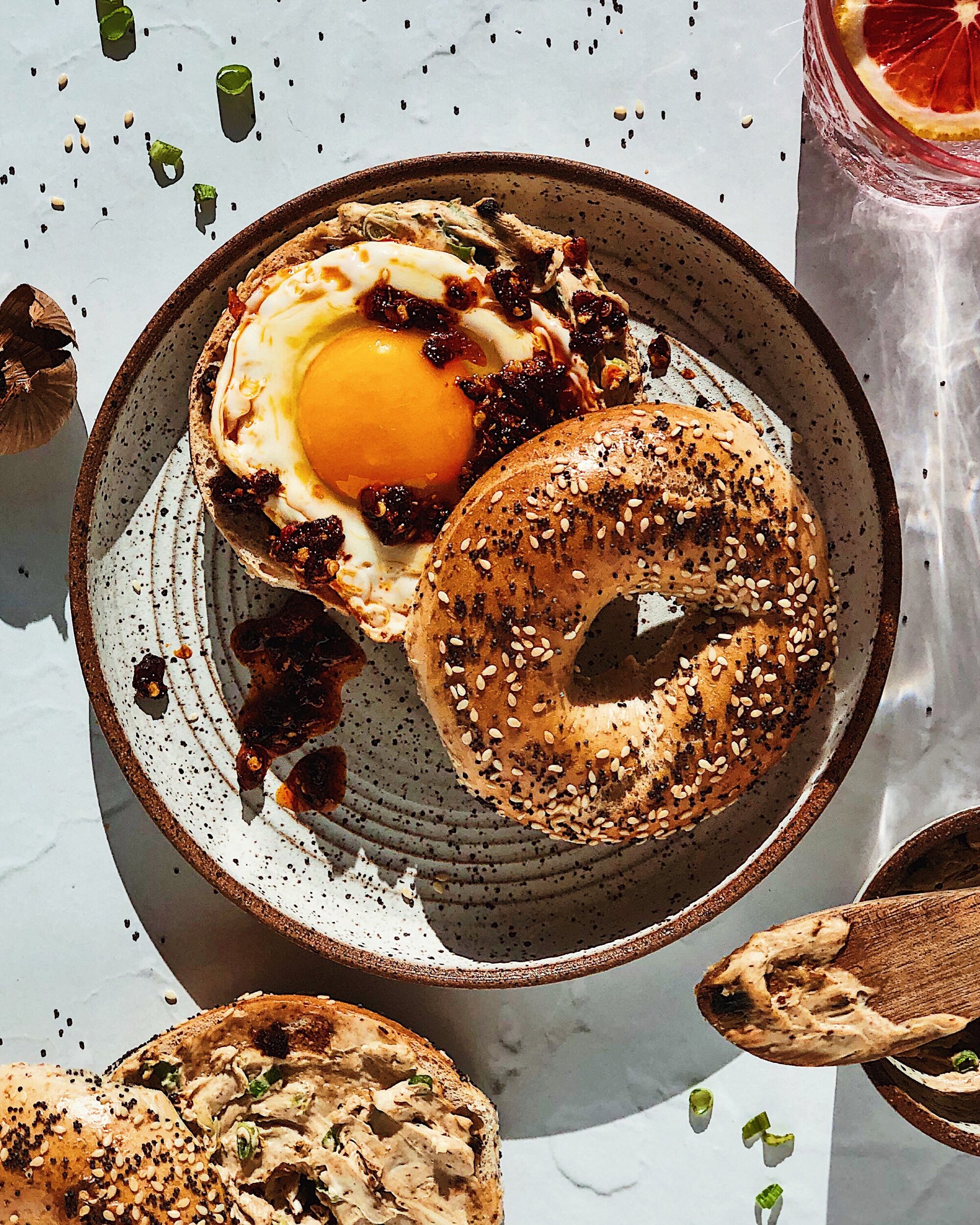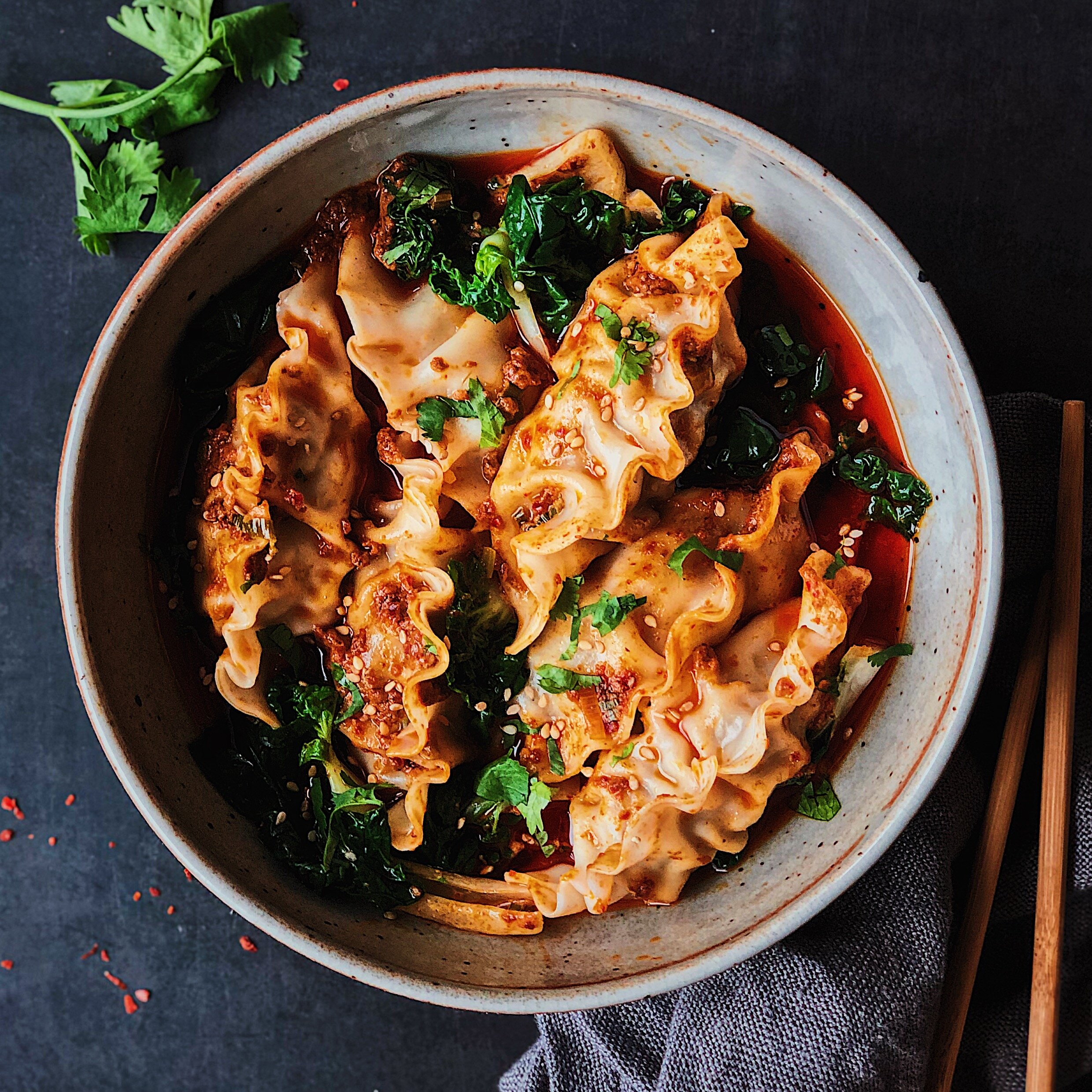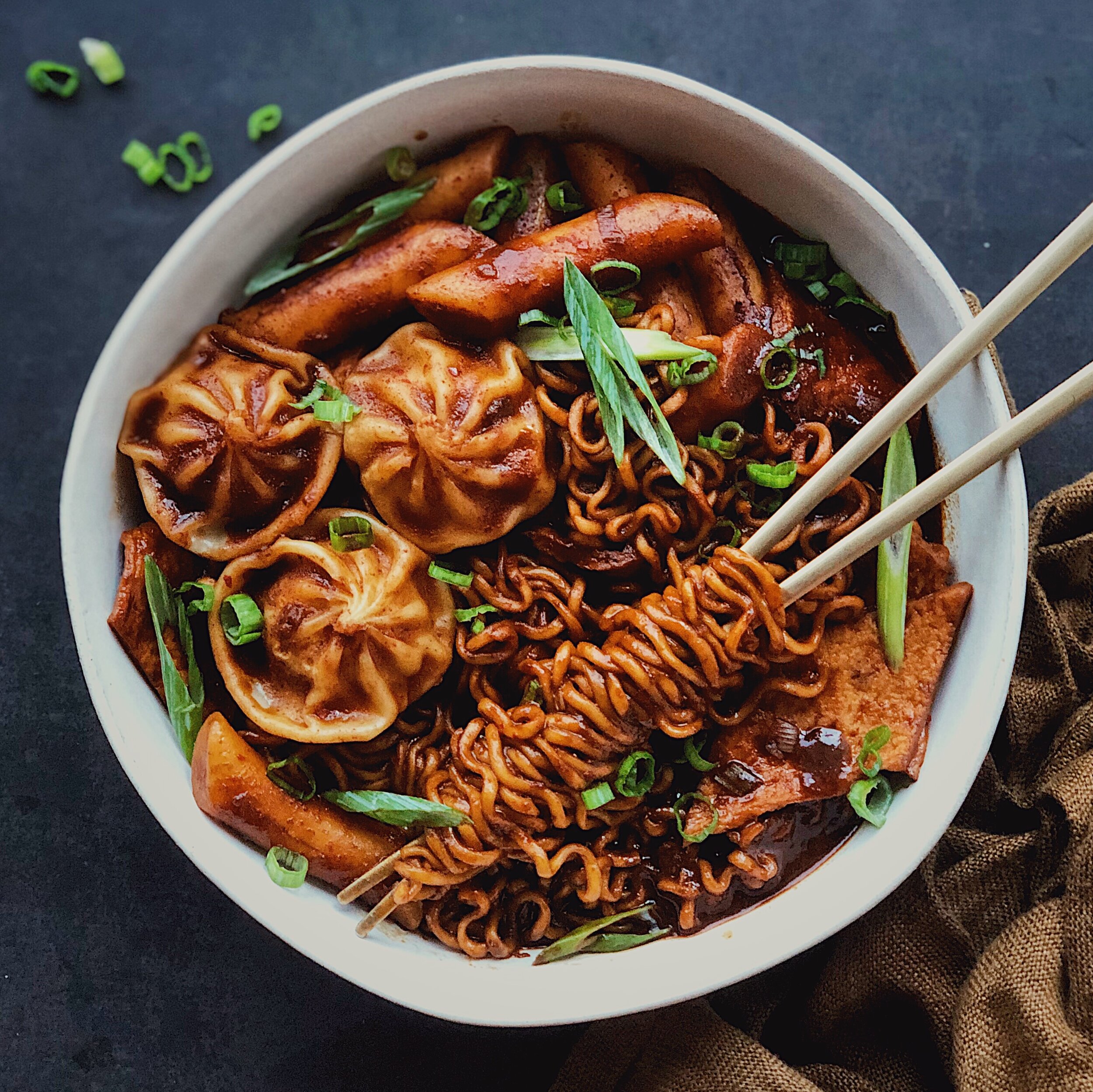Recipe: Spiced Garlic Shrimp Over Coconut Rice
/With international travel still being potentially a ways away, at the moment it seems like the most accessible tropical destination for those of us with U.S. passports is the beautiful state of Hawai’i. It feels like at any given time, someone I follow on Instagram is there and, of course, the thing I am most jealous about is the FOOD! The famous garlic shrimp trucks right along the water (the last one I visited in the before times was Geste Shrimp on Maui) are life changing, in my opinion! Still determined to travel virtually through food as much as I can right now, I whipped up a batch of my own version of those super buttery, garlic-loaded shrimp.
I have tried emulating those Hawaiian shrimp trucks before, but this time around, I decided to give it a slightly spicy, Southeast Asian-inspired twist. I seasoned the garlic butter with Spice Tribe’s Thai-inspired Long-Tail Sunset spice blend, which is made up of coconut, ginger, tamarind, Thai chili, coriander, cumin, and lemongrass. For a seasoned spicy-eater, I find this blend to taste more spiced than spicy from the chili, and overall there is a lovely tangy tropical flavor. It definitely gives the dish some nice flavor complexity, but with minimal extra effort. If you like spicy, garnishing the shrimp with fresh Thai chilies will more than make up for it!
You gotta have rice to capture all the extra butter and garlic, and since this tropical shrimp goes perfectly with my coconut rice, I went ahead and included it in this recipe. Coconut rice is the foundation of nasi lemak, the (unofficial) national dish of my parents’ home country of Malaysia, but I have found that it is so good with so many other things—pretty much anything with Southeast Asian flavors. (If you want a way to visually wow people with a super simple staple recipe, you can also learn how to make a blue version of my coconut rice using butterfly pea blossoms here.) I also opted to include cucumber as a suggested accompaniment to this recipe because it is a common accoutrement in nasi lemak. If you are wondering how I made those cucumber roses, I simply used a vegetable peeler to make thin cucumber “ribbons”, stacked 2–3 together, and rolled them up.
Some things to consider as you gather your ingredients:
Shrimp: One thing that bothered me about the garlic shrimp I ate in Hawai’i is that the shells were left completely on. I’m cool to deal with the mess, but I always felt like that garlic infused butter was going to waste simply coating the part of the shrimp that would get peeled off. One of the advantages of making it at home is getting to prepare the shrimp the way you like it! I like buying a big bag of frozen “E-Z peel" shrimp from Costco to keep in my freezer; they come deveined, and are super easy to peel off the shell entirely or peel off everything but the tails like I did for these photos. These were 10/13 sized shrimp—they were massive and super plump! You may want to reduce the cook times if you are using much smaller shrimp; use your visual cues.
Potato starch: You can definitely substitute with cornstarch if you don’t have potato starch. However, I find potato starch to fry up lighter and crisper when using it for a dredge like this. You can find it at Asian grocery stores, as it is common in Korean and Japanese cooking. Adding a thin crust to the shrimp makes a big difference in giving the butter and garlic something to cling to.
Garlic: Yes, there is a lot of garlic going on here because that is the whole point of this dish! I still clearly remember the big puddle of melted butter and fried garlic at the bottom of my takeout container when I ate from that shrimp truck in Maui. This recipe is actually more on the conservative side, relatively speaking, and should give you just enough butter and fried garlic to generously coat the shrimp without any left over. But it’s definitely for garlic lovers only!
Coconut milk: I find that the consistency of coconut milk varies drastically from brand to brand. You want something where you can thoroughly shake it to a homogeneous consistency in the can before opening. I find that Thai-based brands usually work well for this recipe. If you try shaking the can and you can’t hear or feel things mixing together, this means there is a big solidified glob of coconut fat stuck on one end that will be hard to fully integrate with the liquid without a blender; try to avoid these cans.
The intention is to serve the shrimp over a bed of the coconut rice, to capture the spirit of the Hawaiian plate lunch. However, it’s obviously also fun to serve it family style, where you and your dining companion can fight for the last shrimp!
How to Make Spiced Garlic Shrimp Over Coconut Rice
Ingredients For the Shrimp
1 1/2 lbs shrimp, peeled and deveined (10/13 size recommended)
1/2 cup potato starch
1/4 tsp fine salt
2–3 tbsp high-smoke point oil
6 tbsp butter
18 cloves of garlic, peeled and chopped
2 1/2 tsp Spice Tribe Long-Tail Sunset blend
1/2 tsp fish sauce
cilantro leaves, for garnish
3–4 Thai chilies, sliced (optional)
Ingredients for the Rice
1 cup jasmine rice, washed and drained
1/2 cup Thai coconut milk, shaken before measuring
1 cup water
pinch of salt
For serving
lime wedges
cucumber slices
Procedure
To make the coconut rice, mix the jasmine rice, coconut milk, water, and salt in the pot of a rice cooker and cook as normal. When rice is done cooking, immediately fold together gently, and then cover and let rest until serving.
Combine potato starch and salt in a shallow bowl. Pat shrimp dry and toss to coat thoroughly in the potato starch mixture. Dust off the excess potato starch.
In a large skillet, heat 2 tablespoons of cooking oil on medium-high. Add shrimp in a single layer. Cook for 2 minutes, or until color becomes vibrant, then flip, add extra oil if needed, and cook for the same time on the other side. Turn off the heat and transfer shrimp out of the skillet.
To the same skillet with the heat off, add butter and garlic. Set heat on low and stir with a spatula as the butter melts. Keep stirring to evenly and gently fry the garlic and infuse the butter. When the butter is melted and becomes completely foamy, add the Spice Tribe Long-Tail Sunset blend. Keep cooking and stirring until the garlic becomes golden brown, about 5 minutes, then turn off the heat and add the fish sauce. Stir to combine, then add the shrimp and toss to coat.
Divide coconut rice onto plates and top with shrimp. Sprinkle cilantro leaves and Thai chilies (if using) over the shrimp. Serve with lime wedges and cucumber.
Thank you so much to Spice Tribe for sponsoring this recipe! Check them out on Instagram here or visit their website to purchase high quality spices and unique small-batch spice blends.























